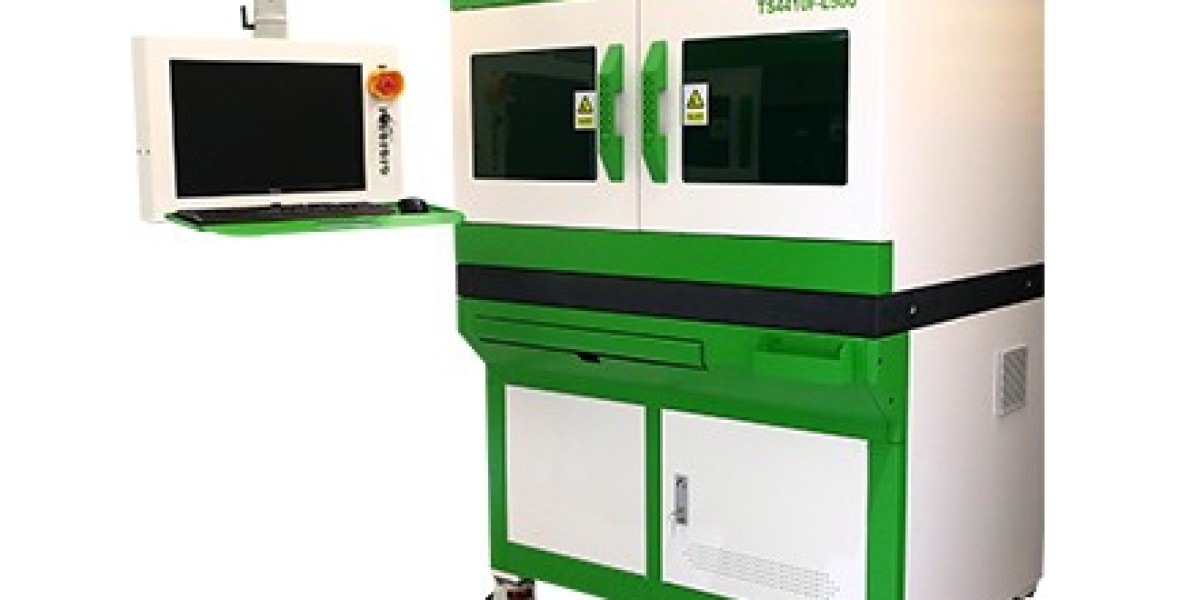When designing and manufacturing electronic circuits, precision is paramount, especially when it comes to adjusting the resistance values for optimal performance. This is where design trimmers and laser circuit trimming play crucial roles. In this article, we will explore the difference between thick film and thin film resistors and delve into the world of laser circuit trimming techniques.
What Is a Design Trimmer?
A design trimmer is a variable resistor used to fine-tune circuit parameters, such as resistance, to achieve precise control. These components allow engineers to make adjustments during the manufacturing process, ensuring that circuits perform according to their specific design requirements. Design trimmers are widely used in applications where calibrations need to be adjusted, such as in medical devices, automotive electronics, and telecommunication systems.
Thick Film vs. Thin Film Resistors: Key Differences
Before diving into the process of laser circuit trimming, it’s essential to understand the two most common types of resistors used in precision circuit design: thick film resistors and thin film resistors. Both of these resistors have distinct characteristics that make them suitable for different applications.
1. Thick Film Resistors
- Manufacturing Process: Thick film resistors are made by applying a thick layer of resistive paste to a ceramic substrate. The paste is then heated to bond the material to the substrate.
- Cost: Thick film resistors are generally cheaper to manufacture, making them suitable for mass production in consumer electronics and other cost-sensitive applications.
- Performance: They offer moderate accuracy and stability but are less precise compared to thin film resistors.
- Application: Commonly used in general-purpose circuits, power resistors, and automotive applications.
2. Thin Film Resistors
- Manufacturing Process: Thin film resistors are created by depositing a very thin layer of resistive material (such as metal oxide or metal film) onto a ceramic or glass substrate. This layer is much thinner than that in thick film resistors, allowing for better precision.
- Cost: Thin film resistors are more expensive due to their intricate manufacturing process, which results in superior performance.
- Performance: These resistors offer high accuracy, low temperature coefficients, and excellent long-term stability, making them ideal for precision applications.
- Application: Thin film resistors are used in high-precision circuits, such as those found in medical devices, aerospace, and scientific instruments.
Laser Circuit Trim: An Efficient Way to Fine-Tune Resistors
Laser trimming is an advanced technique used to adjust the resistance value of a resistor after it has been manufactured. This method involves using a focused laser beam to trim or modify the resistor’s material, thereby adjusting its resistance characteristics with extreme precision.
Why Use Laser Trimming?
Laser trimming offers several advantages:
- High Precision: The use of lasers allows for micron-level accuracy when adjusting the resistor’s value.
- No Mechanical Stress: Unlike traditional trimming methods, laser trimming does not apply mechanical stress to the resistor, preventing damage and ensuring reliability.
- Reduced Variability: Laser trimming helps minimize the variation in resistance values, ensuring uniformity across a batch of resistors.
- Fine-Tuning Post-Production: Engineers can adjust resistors in-situ after the manufacturing process, making it ideal for applications that require fine-tuning during assembly.
How Does Laser Trimming Work?
The process begins by using a laser beam to cut a small amount of material from the resistor’s surface. The amount of material removed directly affects the resistance value. By controlling the laser intensity and duration, precise adjustments can be made to achieve the desired resistance without affecting other aspects of the circuit.
Laser trimming is especially popular for thin film resistors because their structure allows for more precise trimming. However, it can also be applied to thick film resistors, particularly in cases where high precision is required.
Applications of Laser Circuit Trimming
Laser circuit trimming is widely used in industries that demand high precision, including:
- Telecommunications: Fine-tuning resistors in high-frequency circuits.
- Medical Devices: Ensuring precise resistance values for accurate diagnostics.
- Automotive: Trimming resistors for precise control in automotive electronics.
- Aerospace: Maintaining resistance stability in critical aerospace systems.
Conclusion
In summary, understanding the differences between thick film and thin film resistors and the role of laser circuit trimming in precision resistor adjustment is key to designing and manufacturing high-performance electronic circuits. Whether you’re fine-tuning resistors during production or choosing between thick or thin film resistors for your project, these technologies ensure that your circuit operates with the highest degree of accuracy and reliability.








